Astronomers have uncovered a pair of planets that are true “water worlds,” unlike any planet found in our solar system. Slightly larger than Earth, they have global oceans at least 500 times deeper than the average depth of Earth’s oceans.
Tag: NASA
Live From Space: USU Alumnus Astronaut Frank Rubio Takes Questions, Talks with Students
Uniformed Services University (USU) alumnus Army Lt. Col. (Dr.) Frank Rubio, a NASA astronaut, will answer a series of thought-provoking questions from students and military personnel live from the International Space Station as part of a NASA Downlink on Nov. 21.
NASA’s Artemis launch gets America back in ‘Space Race’ shape. UNLV professor and former NASA scientist Jason Steffen can talk about the significance of returning to the moon.
NASA’s Artemis launch is attempting to return America to ‘Space Race’ form, paving the way for humans on the moon for the first time since the 1970s. UNLV professor Jason Steffen — a former NASA scientist who worked on the…
WashU Expert: Artemis launch brings us closer to space exploration goals
Bradley L. Jolliff, the Scott Rudolph Professor of Earth and Planetary Sciences in Arts & Sciences at Washington University in St. Louis and director of the McDonnell Center for the Space Sciences, is available to describe the science and space exploration…
UCI-led astronomers capitalize on early access to James Webb Space Telescope data
First in line to receive data transmissions from the James Webb Space Telescope, a team of astronomers at the University of California, Irvine and other institutions is using the unprecedentedly clear observations to reveal the secret inner workings of galaxies. In a paper published today in The Astrophysical Journal Letters, the researchers describe their examination of the nearby galaxy NGC 7469 with the JWST’s ultrasensitive mid-infrared detection instruments.
Hubble Captures 3 Faces of Evolving Supernova in Early Universe
Light from a star that exploded over 11 billion years ago was captured by Hubble Space Telescope not just as one postcard from the remote past but three messages that chronicle the fading fireball over a period of one week.
Polarized X-rays reveal shape, orientation of extremely hot matter around black hole
Researchers’ recent observations of a stellar-mass black hole called Cygnus X-1 reveal new details about the configuration of extremely hot matter in the region immediately surrounding the black hole. Matter is heated to millions of degrees as it is pulled toward a black hole. This hot matter glows in X-rays. Researchers are using measurements of the polarization of these X-rays to test and refine models that describe how black holes swallow matter, becoming some of the most luminous sources of light — including X-rays — in the universe.
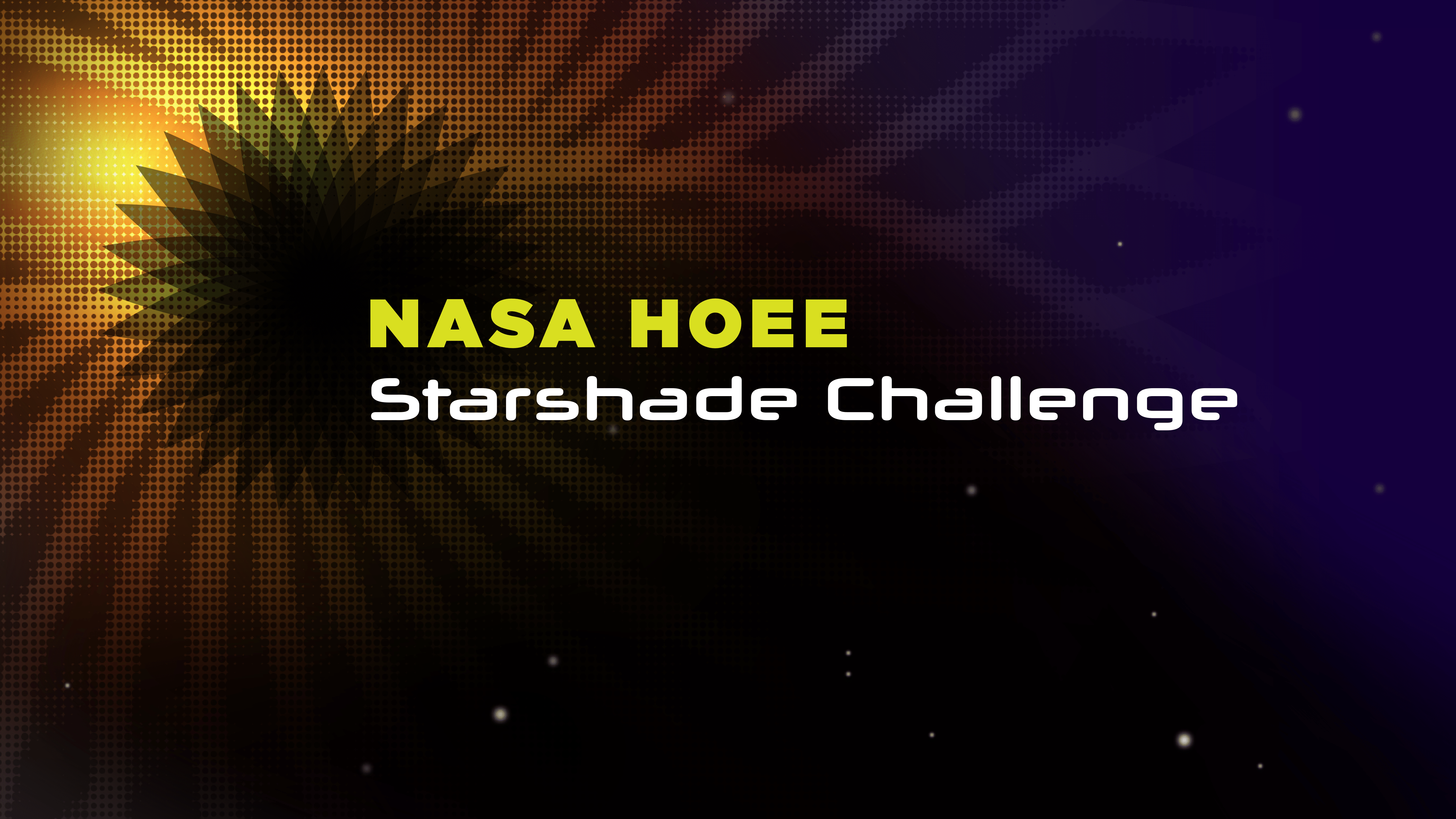
Starshade Competition Challenges Students to Block Starlight for Observing Exoplanets
The Hybrid Observatory for Earth-like Exoplanets proposes pairing the newest and largest ground-based telescopes with a starshade orbiting Earth to obstruct the light from a host star to identify and characterize an exoplanet. AIP, with NASA and SPS, is organizing a competition for undergraduate students in the physical sciences to design such a starshade.
Algae Could be Instrumental in Making Human Exploration of Mars Possible
A team of UNLV scientists is already researching how we can support extended space travel with oxygen and food needs for people.

Hubble Detects Protective Shield Defending a Pair of Dwarf Galaxies
Researchers have used Hubble and FUSE observations of ultraviolet light from quasars to detect and map the Magellanic Corona, a diffuse halo of hot, supercharged gas surrounding the Small and Large Magellanic Clouds. Shown in purple, the corona stretches more than 100,000 light-years from the main mass of stars, gas, and dust that make up the Magellanic Clouds, intermingling with the hotter and more extensive Milky Way Corona, shown in blue. The corona is thought to act as a buffer protecting the dwarf galaxies’ vital star-forming gas from the gravitational pull of the much larger Milky Way.
FAU Lands $478,699 NASA Grant to Inspire Local High School Students in STEM
FAU was one of only eight institutions in the nation to be awarded NASA’s Minority University Research and Education (MUREP) award for the MUREP Aerospace Academy (MAA). Through cooperative agreement awards, MAA funding affords minority-serving institutions the opportunity to develop exciting new avenues to inspire local high school students in the STEM (science-technology-engineering-mathematics) fields.
ESA Solar Orbiter confirms solar switchback origin theory by UAH’s Dr. Gary Zank
For the first time a solar switchback has been directly observed that confirms 2020 models by astrophysicist Dr. Gary Zank at The University of Alabama in Huntsville (UAH) that theorized how these surprising structures in the solar wind originate.
DART section lead available to discuss upcoming asteroid impact experiment
On Sept. 26, the international community will watch as NASA’s latest spacecraft collides with an asteroid in an attempt to knock it off its orbit. Cristina Thomas, an assistant professor of astronomy and planetary sciences at Northern Arizona University and lead of…
ARTEMIS MISSION PAVES THE WAY FOR RETURN TO THE MOON SAYS SMU PLANETARY SCIENTIST WORKING WITH NASA
Matt Siegler, a research scientist at Southern Methodist University and the Planetary Science Institute who is participating in ongoing NASA missions, says the Artemis 1 launch could revive America’s ability to get humans back to the Moon.
Seeds in space: plant research on Artemis I mission
How will we grow food in space? That’s one question Michigan State University’s Federica Brandizzi has been particularly interested in solving.
Brandizzi, an MSU Foundation Professor in the College of Natural Science and the MSU-DOE Plant Research Laboratory, will be sending seeds on the Artemis I mission to better understand how to grow food during space travel.
NASA Artemis1 to Carry ASU CubeSat into Space
ASU Associate Professor Craig Hardgrove is NASA’s Principal Investigator for the Lunar Polar Hydrogen Mapper, or LunaH-Map cubesat.
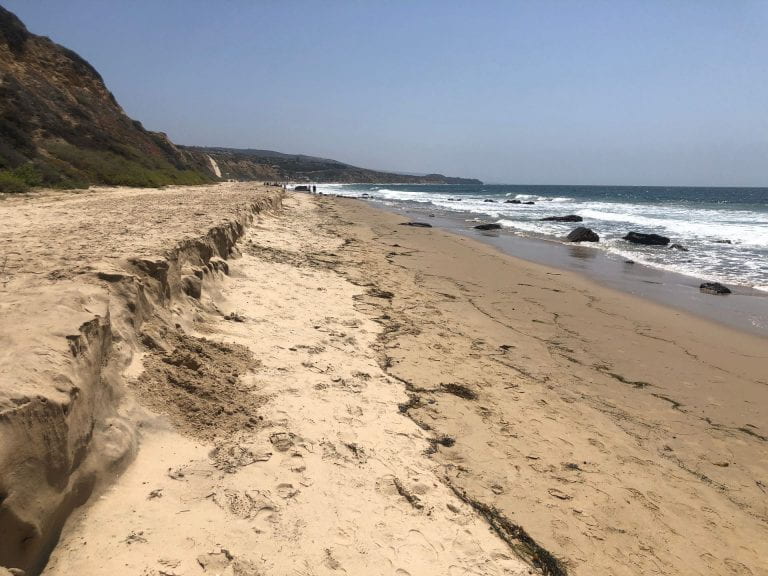
UCI receives $580 million in research funding for fiscal 2021-22
Irvine, Calif., Aug. 25, 2022 — From monitoring sandy beaches to gauge the effects of sea-level rise to holding clinical trials for potentially lifesaving cancer treatments, scholars, scientists and physicians at the University of California, Irvine are blazing new paths to help change the world. And their impact keeps growing.
GW Experts Available to Discuss Russia Leaving the International Space Station
WASHINGTON (July 26, 2022) — Yuri Borisov, head of Russia’s space agency Roscosmos, has announced Russia will withdraw from the International Space Station after 2024 to focus on building a Russian orbiting station. Experts from the George Washington University’s Space…
WVU scientist says NASA’s Webb Telescope will boost space research at University, Green Bank Observatory
The first photos from NASA’s James Webb Space Telescope have given researchers the deepest and clearest infrared look into space to date. West Virginia University researcher Maura McLaughlin, distinguished professor of physics and astronomy at the Eberly College of Arts…
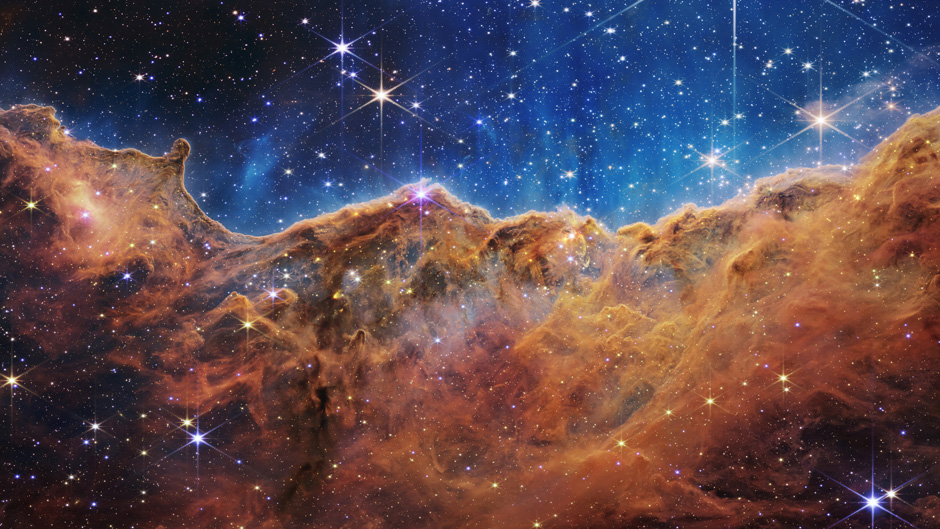
Webb telescope rewrites cosmic history with images of universe
A time travel machine, the $10 billion space observatory is being considered well worth the price tag because it will help answer long-held questions about the big bang and search for signs of alien life, University of Miami astrophysicists maintain.
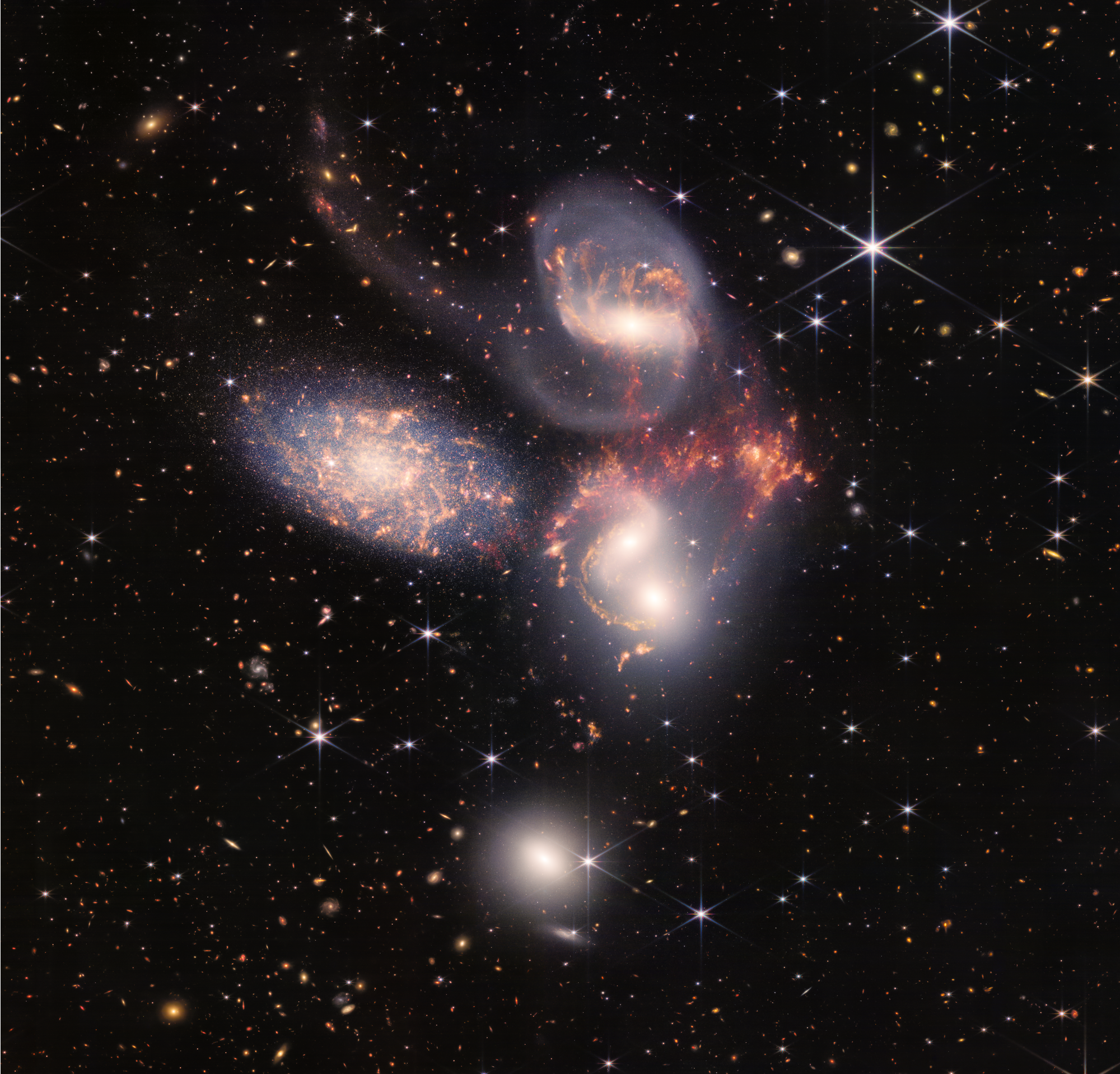
NASA’s Webb Sheds Light on Galaxy Evolution, Black Holes
In an enormous new image, NASA’s James Webb Space Telescope reveals never-before-seen details of the galaxy group called “Stephan’s Quintet.” The close proximity of this group gives astronomers a ringside seat to galactic mergers and interactions.
UNLV professor available for NASA James Webb Telescope comment
UNLV professor of physics and astronomy Jason Steffen is available to talk about the significance of the James Webb Space Telescope imagery, and how it broadens our understanding of the universe. Today is the day that scientists are saying could…
Specific Environmental Exposures may Help Predict Increased Risk of Death from Cardiovascular Disease
A new study from the Icahn School of Medicine at Mount Sinai quantifies the cardiovascular risk posed by exposure to specific environmental factors, showing, for example, that air pollution heightens the risk of heart disease mortality by 17 percent.
NASA’s Webb to Uncover Riches of the Early Universe
Telescopes have spotted many distant galaxies – but none earlier than 400 million years after the big bang. What were galaxies that existed even earlier like? Two research teams using the James Webb Space Telescope will wield its state-of-the-art instruments to reveal an untold number of details about this early period in the universe for the first time – and revise what we know about some of the earliest chapters of galaxy evolution.
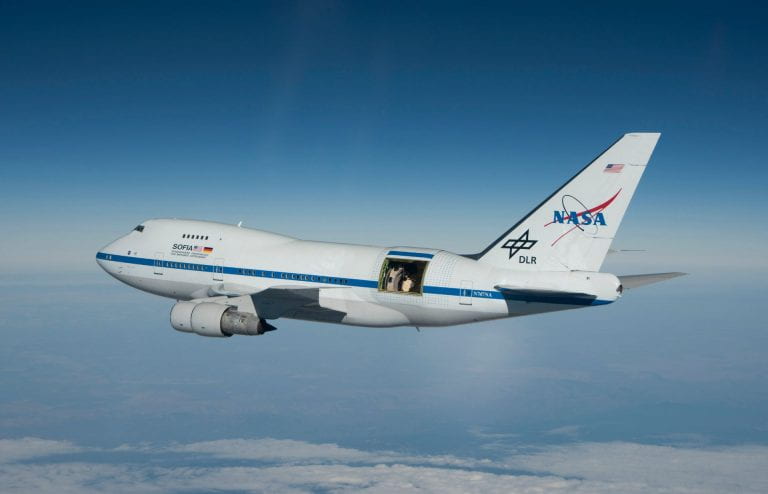
UCI-led astronomy team finds evidence of galactic metal shrouded in dust
A thorough understanding of galaxy evolution depends in part on an accurate measurement of the abundance of metals in the intergalactic medium – the space between stars – but dust can impede observations in optical wavelengths.
On Mars, NASA’s Perseverance Rover’s Playlist Like No Other #ASA182
After more than a year of recording on the surface, the team reduced the data to a Martian playlist that features about five hours of sounds.
Nuclear rocket engine heat transfer research wins best student paper at NETS conference
A research paper about heat transfer inside the reactor of a conceptual liquid-fueled nuclear rocket engine by a University of Alabama in Huntsville (UAH) graduate student won best student paper at the American Nuclear Society’s recent Nuclear and Emerging Technologies for Space (NETS) conference
NASA-Cornell tool to give high-res view of atmospheric dust from space
Scientists on Earth will soon see our planet’s atmospheric dust sources in high-resolution, as a new state-of-the-art imaging spectrometer – developed by NASA’s Jet Propulsion Laboratory (JPL) and Cornell University – aims to survey the land surface from 250 miles above us on the orbiting International Space Station.
Hubble Reaches New Milestone in Mystery of Universe’s Expansion Rate
Completing a nearly 30-year marathon, NASA’s Hubble Space Telescope has calibrated more than 40 “milepost markers” of space and time to help scientists measure the expansion rate of the universe to a precision of just over 1%. The measurement is about eight times more precise than Hubble’s expected capability.
Powering the moon: Sandia researchers design microgrid for future lunar base
Sandia National Laboratories is well-known for designing reliable and resilient microgrids for military bases and vital city services. Now, Sandia researchers are working with NASA to design one for the moon.
UNC Blood Clot Expert Working with NASA to Study Blood Flow, Clot Formation in Zero Gravity
In the ultimate use of telemedicine, Stephan Moll, MD, worked with NASA to treat a U.S. astronaut’s blood clot during a mission on the International Space Station. That led to a study on how blood flows in zero gravity, and if astronauts are at greater risk of developing blood clots in space.
NAU scientist joins extended OSIRIS-REx mission to visit another asteroid
Because of the potential to deepen our understanding of the solar system and beyond, NASA this week extended the missions of eight of its spacecraft, including OSIRIS-REx—and NAU planetary geologist Chris Haberle will be one of the scientists involved in the newly extended project.
NASA funds LLNL to demonstrate “Replicator” 3D printer to produce cartilage in space
The National Aeronautics and Space Administration (NASA) announced April 15 it has awarded Lawrence Livermore National Laboratory (LLNL) and a private company with funding to develop LLNL’s revolutionary volumetric additive manufacturing (VAM) 3D printing technology to produce artificial cartilage tissue in space.
NASA Awards Postdoctoral Fellowships for 2022
NASA has selected 24 new Fellows for its prestigious NASA Hubble Fellowship Program (NHFP). The program enables outstanding postdoctoral scientists to pursue independent research in any area of NASA Astrophysics. Nearly 450 applicants vied for the 2022 fellowships.
Astro2020 prioritizes extraterrestrial life, diversity in astronomy
The newly released Astro2020 decadal survey has ranked the projects the astronomer community wants to prioritize for the next 10 years. The 614-page NASA-sponsored report highlights the search for extraterrestrial life, as well as stressing the need for greater diversity…
Hubble Celebrates Halloween With A Glowering, Dying Star
Hubble celebrates Halloween with a striking view of the aging red giant star CW Leonis. The orange-red cobweb-like shells are dusty clouds of sooty carbon engulfing the dying star. Bright searchlight beams poke through the dust.
Hubble Gives Unprecedented, Early View of a Doomed Star’s Destruction
Hubble delivered a ringside seat to a supernova in the very earliest stage of exploding, giving astronomers an unprecedented view of the first moments of a star’s spectacular death.
Alabama student satellite group shifts gears to ABEX mission to keep up with NASA
The Alabama Space Grant Consortium’s statewide, university student-built cube satellite project is shifting gears to ABEX, the Alabama Burst Energetics eXplorer, after its drive to be the first student-built Cubesat to leave low Earth orbit (LEO) was derailed when NASA dropped secondary payloads from the Artemis II flight.
Hubble Shows Winds in Jupiter’s Great Red Spot Are Speeding Up
The innermost lane may typically be favored to win a race, but in Jupiter’s Great Red Spot, the winds in its outermost “lane” are taking the lead! Only Hubble can spot these trends: The observatory acts like a storm tracker for the giant planets in our solar system every year.
Hubble Snapshot of ‘Molten Ring’ Galaxy Prompts New Research
In this image, a remote galaxy is greatly magnified and distorted by the effects of gravitationally warped space. After its public release, astronomers used the picture to measure the galaxy’s distance of 9.4 billion light-years. This places the galaxy at the peak epoch of star formation in cosmic evolution.
Sanford Burnham Prebys professor Karen Ocorr awarded $2 million from NASA to study flies in space
As part of their larger initiative to understand the effects of space conditions on different organisms, NASA has awarded $2 million to Sanford Burnham Prebys assistant professor Karen Ocorr. The grant will fund a three-year project to study the effects of low gravity on muscle and neuron function in fruit flies and nematode worms aboard the International Space Station.
Hubble Finds Early, Massive Galaxies Running on Empty
Fast and furious—that’s how six massive galaxies in the early universe lived before they literally ran out of gas, shut down star formation, and died. These images are composites from Hubble and ALMA.
SpaceX crew launch signals future of sustainable space exploration
SpaceX is expected to make history tonight with the first all-civilian crew launched into orbit. Mason Peck is a professor of astronautical engineering at Cornell University and previously served as NASA Chief Technologist. Peck says the future of sustainable space exploration is upon…
Rerun of Supernova Blast Is Expected to Appear in 2037
Hubble astronomers are predicting that the fading light from a distant supernova will be rebroadcast in 16 years. This future appearance will be the fourth known view of the same exploded star, dubbed Supernova Requiem.
Hubble Discovers Hydrogen-Burning White Dwarfs Enjoying Slow Aging
Astronomers using Hubble have uncovered burned-out stars that look younger than they really are. After the nuclear furnaces at their cores shut down, the stars continue burning leftover hydrogen on their surface.
What has been discovered about the Mars surface? How does that relate to human missions?
Soil on Mars is different than soil on Earth, and exploration is helping us learn more
Global climate trend since Dec. 1 1978: +0.14 C per decade
Global Temperature Report: August 2021
Countdown to launch: Cornell scientists play key roles in James Webb Space Telescope
NASA’s James Webb Space Telescope — the largest and most powerful space science observatory ever built — is designed to give astronomers unprecedented insight into the mysteries of the cosmos. Webb is an international program led by NASA with its…
Comet ATLAS May Have Been a Blast from the Past
Astronomers who used the Hubble telescope to watch comet ATLAS disintegrate into a cascade of icy fragments in mid-2020, now believe it came from a parent comet that swung by the Sun 5,000 years ago.
Hubble Finds First Evidence of Water Vapor at Jupiter’s Moon Ganymede
Located ½-billion miles from the Sun, the water ice on Ganymede’s surface is frozen solid in frigid temperatures as low as minus 300 degrees Fahrenheit. This makes the ice as hard as rock. Still, a rain of charged particles from the Sun is enough to turn the ice into water vapor at high noon on Ganymede. This is the first time such evidence has been found, courtesy of the Hubble Space Telescope’s spectroscopic observations of aurora on Ganymede spanning two decades. The auroras are used to trace the presence of oxygen, which then is linked to the presence of water molecules sputtering off the surface. Ganymede has a deep ocean located an estimated 100 miles below the surface.